Household debts are at an all-time high, delinquencies have skyrocketed, and more people are falling behind on their payments. Shifting customer preferences, a stringent regulatory environment, and the lack of digital capability exposed by the COVID-19 crisis have pushed businesses to adopt new methods for collecting debts. Digital debt collection has emerged as a necessity in this evolving landscape.
Customer expectations and behavior have changed significantly over the past few years, driven by digital transformation and new regulations. These changes have made digital debt collection procedures essential for organizations. Here are the prominent trends that necessitate digital debt collection:
Trend 1: Digital-First and Digital-Fast Customers
Consumers today are always connected and accustomed to using apps and technology for everything, including financial management. They expect the same convenience and efficiency from debt collection services. Traditional debt collection methods, like letters and phone calls, are becoming less effective. Businesses must adopt an omnichannel approach, being present on every platform their customers use. This strategy enhances customer engagement and provides a complete digital experience.
Trend 2: Demand for Hyper-Personalization
Customers now expect relevant, contextual, and convenient experiences. A Smarter HQ survey claims that 72% of customers only use personalized messaging. In debt collection, personalization can include customized messages, preferred communication channels, or tailored online payment programs. Businesses can improve customer loyalty and financial performance by valuing their time and delivering highly relevant, personal interactions.
Trend 3: Preference for Self-Service
Self-service is highly convenient for consumers, especially Gen-Zers and millennials, who prefer to handle tasks digitally without human interaction. Digital debt collection techniques like self-service portals give clients the freedom to manage their debts on their own terms. This improves the customer experience and supports a customer-centric strategy, allowing customers to repay debt at their own pace.
Trend 4: AI and Automation as Foundations
Customers expect businesses to use advanced technologies like AI, Machine Learning (ML), and Robotic Process Automation (RPA) for better service. These technologies can power chatbots, automated responses, and self-service processes in debt collection, offering greater efficiency and improved customer service. Automation tools can significantly enhance reach and recovery rates, optimizing customer interactions through machine learning.
If your company isn’t already using digital methods to engage with clients, you risk falling behind. Adopting digitally enhanced tactics and tools is crucial for achieving better customer outcomes. The cost of implementing digital debt collection methods is minimal compared to the efficiency gains and improved customer satisfaction.
Getting these trends right is essential to excel in debt collection in the digital age. Fusion CX’s omnichannel platform and “contact optimization” machine learning engine leads the way in digital debt collection, customizing engagements to meet all your debt-collecting needs. Fusion CX offers a range of services, including Extended Business Office (EBO) services and Customer Engagement Outsourcing, specializing in First Party collections across various industries.
Ready to revolutionize your debt collection process? Contact Fusion CX today and discover how our advanced digital solutions can help you achieve unparalleled success.


